|
As part of my life path and spirituality, I acknowledge and celebrate Easter while reflecting on its nature-themed symbolism. But, as in most areas of my life, things get more complex - and more solemn - as I get older. I lament modern Christianity's denial of its adoption and influence by (and almost universal destruction of) cultures than came before it, while also becoming the imperial system its central message guides to deconstruct, and replace with universal basic wellbeing. So while not anti-religious or anti-spiritual, I am also not anti-artistry. But as above, storytelling in extreme short form about how much of originally anti-imperial Christianity became just that, is the story of the ornate gold and jeweled Fabergé Eggs of St. Petersburg, Russia in the late 19th and early 20th centuries under jeweler Peter Carl Fabergé. The Imperial Pelican Easter Egg, is an example. Jesus constantly directed his listeners to look to nature for wisdom, and the pelican came to symbolize sacrifice, resurrection and eternal life in the early church. Russian (along with Danish) jewellers established for elites and royalty, and now collectors, a new motif in the genre of Easter icons. The contrast between looking directly to nature for wisdom and examples for living, versus to wealth and elitism, are conspicuous in the biblical text. In contrast, one of the Fabergé Eggs, "... which was thought to have gone missing, surfaced in 2012 at a scrap metal dealership in the American Midwest, where it was bought for $14,000 (£8,000). The ridged gold egg, which is set on a jewel-encrusted tripod and contains a surprise timepiece by Vacheron Constantin, was sold to a private collector via jewellers Wartski in 2014 after the buyer finally realised what he had bought. Its value is estimated at £20 million." Nature’s (or God’s?) pelican as a symbology of sacrifice, versus Fabergé’s symbology of opulence. So much social misery pivots on the accumulation of wealth, on the assignment of temporal and transcendent value on certain days ("holidays" of certain traditions), materials (metals and brands and zip codes), and people (with statuses and degrees and titles), and looking to what people might do by their power, versus what nature does in its so very longstanding, cyclical and - per not being disturbed, like with human-induced climate change - reliable ways. Can any closer look at the effects of inequalities and excesses in our world today avoid these realities? I continue to be thankful to be someone interested in truth - many truths being difficult - and wisdom, values and integrity, and education and storytelling. Art informs and educates, and inspires and storytells, and religious/spiritually-informed art, all the more. But before, above and beyond that which is clearly made by human hands, I seek to position nature to inform and inspire me yet more. And, to deliberate on the ways that people not inclined towards imperial efforts live so closely with nature, that the line between the human and natural is unclear not in vagueness, but in integrity and harmony.
I continue to be thankful to be someone interested in truth - many truths being difficult - and wisdom, values and integrity, and education and storytelling. Art informs and educates, and inspires and storytells, and religious/spiritually-informed art, all the more. But before, above and beyond that which is clearly made by human hands, I seek to position nature to inform and inspire me yet more. And, to deliberate on the ways that people not inclined towards imperial efforts live so closely with nature, that the line between the human and natural is unclear not in vagueness, but in integrity and harmony. The competition and commotion of daily life This ecological and social integrity, to some, will present itself as something they’d identify as “sustainability”, or “resilience”. Or, to those inclined towards spirituality, it may appear as “sacredness”, associable to Creation and with a Creator. In this time of growing understanding of social and ecological dysfunctions (at least among the overclasses or “uppers”, negatively affected the least by them), questioning is much needed, but so is hope. My hope is that a reframing of spirituality and its place in contemporary consumer society may be underway. The questions posed by an organization I value, the Fetzer Institute, speak to this: “What does it mean to be spiritual? And how does this animate our daily lives?” Their framing of spirituality, according to an extensive USA-based 2018 study, is how people “find meaning and purpose in their lives, and experience transcendent connection to others and to the world”. One participant (Debra, 56, self-identifying as “Not religious at all, Moderately spiritual”) shared, "Fly fishing … is my spiritual place". Fly fishing, especially for trout, is deeply meaningful to me. I'm so glad a few places are available for this practice in Southern California. Revisiting the idea of hope: mine is that our spirituality can indeed animate our daily lives. animate (v.): 1530s, "to fill with boldness or courage," from Latin animatus past participle of animare "give breath to," also "to endow with a particular spirit, to give courage to, enliven," from anima "life, breath" Whether we find our spiritual animation in fly fishing, or perhaps gardening or hiking, or another nature connection. Or, in reading a cherished text, officially sacred or not. Or, perhaps most importantly, in some kind of meaningful engagement with other people, whether a project or a conversation. This would include ones about difficult truths, as mentioned earlier in this writing. Could conversations - the hard ones unfolding in the competition and commotion of daily life, that the part of us seeking simpler, handier kinds of peaceful feelings might avoid - be more deeply spiritual than we have previously thought them to be? I believe that, more than anything from the hands of a jeweler, a spirituality of daily reconnecting with nature and people will yield true works of art.
0 Comments
At four years old or so, I was badly bitten by a dog and left terrified of them for years. A bit older than that, I was badly pounded into a beach - sand shoved nigh to my brain up my nose, into my ears and wherever else - by powerful ocean waves, and left similarly terrified by the ocean. For years and years, I couldn't be near dogs, or enter the ocean past waist deep. I was attacked by a dog (I blame the casually onlooking owner, not the dog itself) out in the desert less than a week ago, and it has catalyzed many reflections in my heart and mind. The days since have been pretty dramatic, not unlike the last months, with seemingly a much higher number of both tragedies and blessings being encountered on my journey than in "normal times" ... so tough to now be thinking of COVID as pretty darn normal as we enter into its second year of impact on our lives. Most sadly and notably, two majestically wonderful young women friends of mine unexpectedly passed, not from COVID but from an accident and cancer ... things that can strike any of us at any moment. I feel like I'm drowning in life's transience, fragility, unfairness and trauma, sometimes. On the other hand, truly hoped-, worked- and prayed-for personal/professional opportunities have presented themselves amidst these tragedies. It is a time of many polarities of many kinds, from personal and emotional, to societal and political. It’s also a time of seemingly thin margins, where only direct application of the hardest, surest work seems to make sense. Anyone else exhausted? Who else among out there might feel like we barely have the time to keep our head above water, let alone take new risks, or even tend to any even slightly unnecessary self care? Yes, stresses, fears and traumas abound in this risky world. But, in the name of working through our fears and traumas, in my younger years I took the courage to play with dogs ... and much more, pursue the dream of a life of surfing. Though I’ve mostly left surfing behind, it and dog playing (which I still do at every opportunity!) are seemingly non-productive recreational activities that led me to indirectly, but truly, process my wounds. I’ve seen therapists in my life, but it was *not* Western, clinical therapy on a couch at $100+ per hour with a licensed professional that brought me healing in these areas. It was nature, it was water, it was the people I met along the way. In this time of AAPI support and examination of white terrorism, I will add that many of these peoples whose lands and waters supported my healing were Asian and Pacific Islander. To them, in their nations and here in the USA, I am grateful. I wish to show up for them, here and elsewhere. There was clarity and truth found in the water for me. Apply a bit of imagination and allegory, and there is a beautiful irony in contrasting this clarity and truth with the archetypal watery illusion of the mirage, a harbinger of death in desert storytelling. The First Nations often say “Water is life”, while J. Wallace Nicholls reminds us in “Blue Mind” shares “the remarkable truth about the benefits of being in, on, under, or simply near water.” For now, I share just a gratitude for what healing I’ve experienced in water, and deliverance from fears and illusions. Any worthy road of life will lead us into rugged places and to these things, but if we commit to the journey, so too will we be led past them. We’ll also be led beyond the things that once were our healing - for the first time since being 17, I no longer own a surfboard - into other wounds and salves. With the next painfully long stretch of road always around the bend, let us drink deeply when a well of true refreshment is at hand. |
Colin Hawley RichardA place to share about past events, links to writing and vidual media, and longer form reflections. ArchivesCategories |


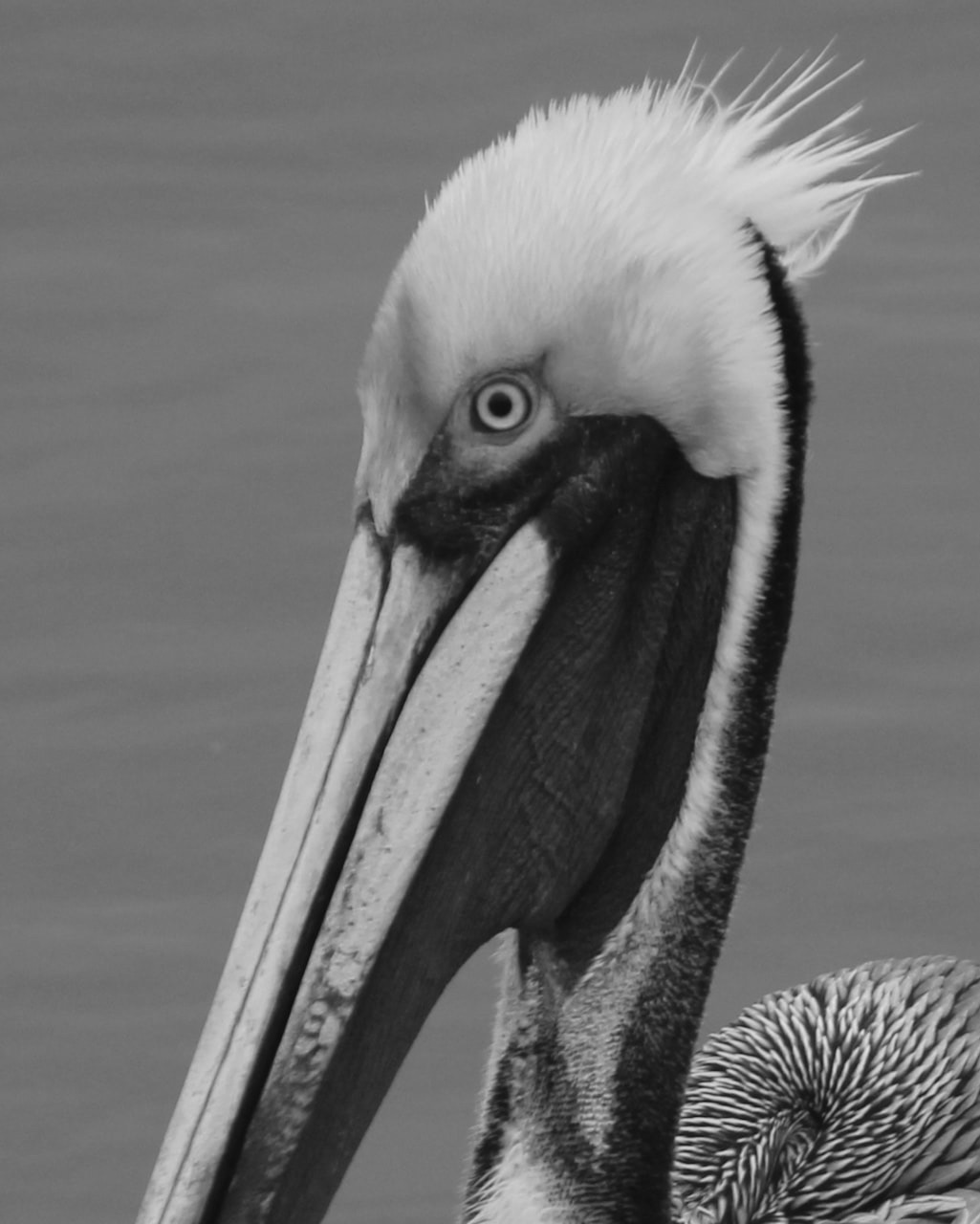
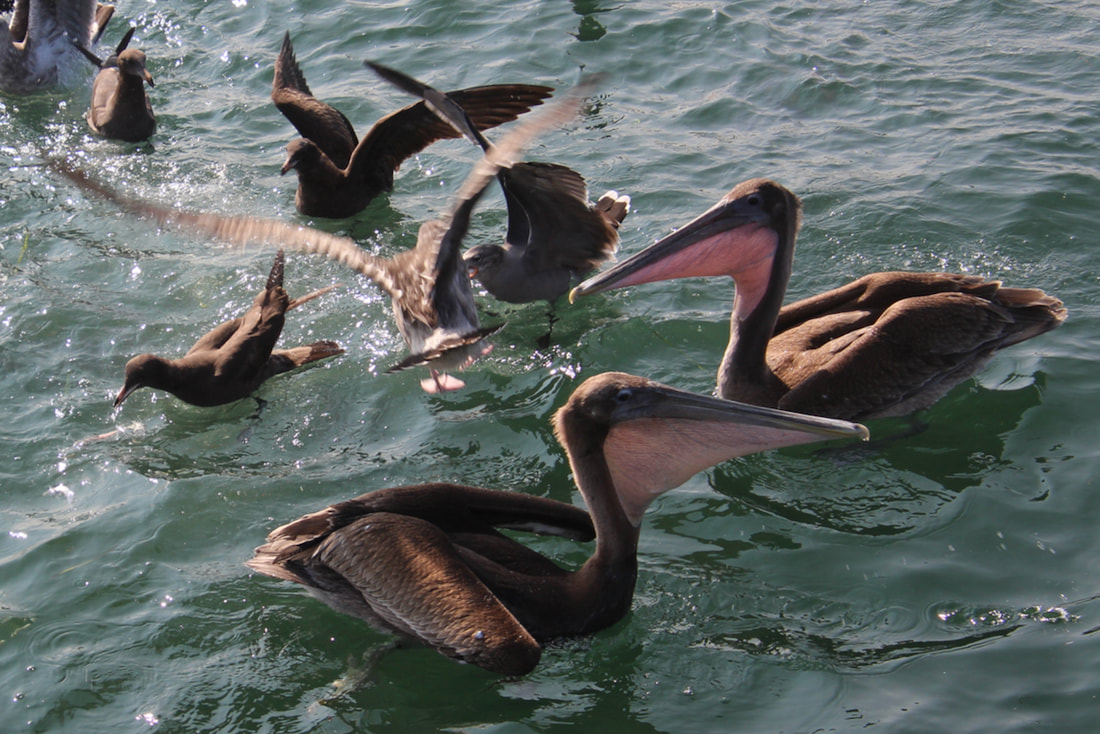
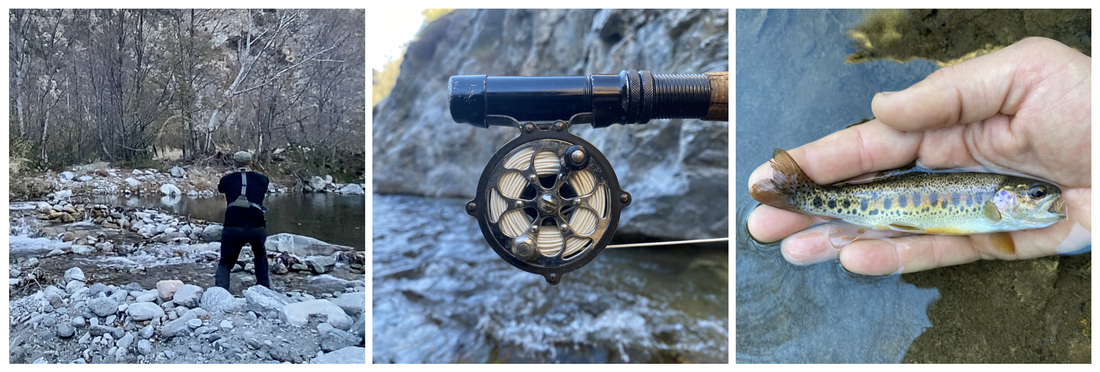
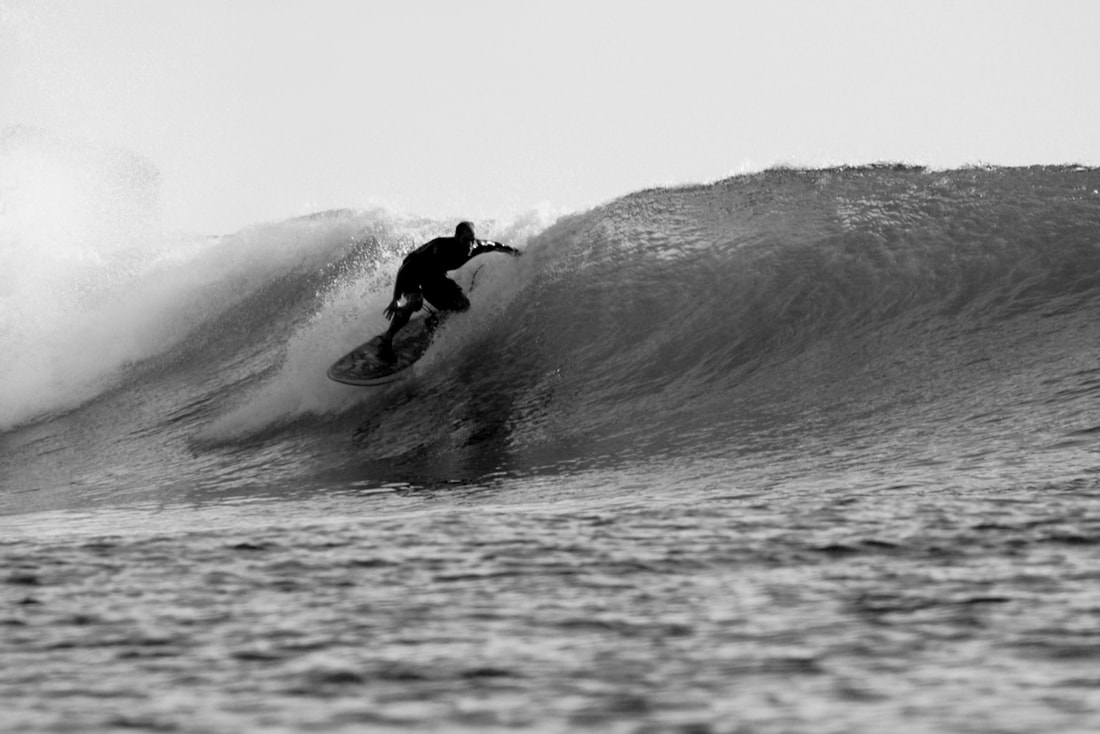
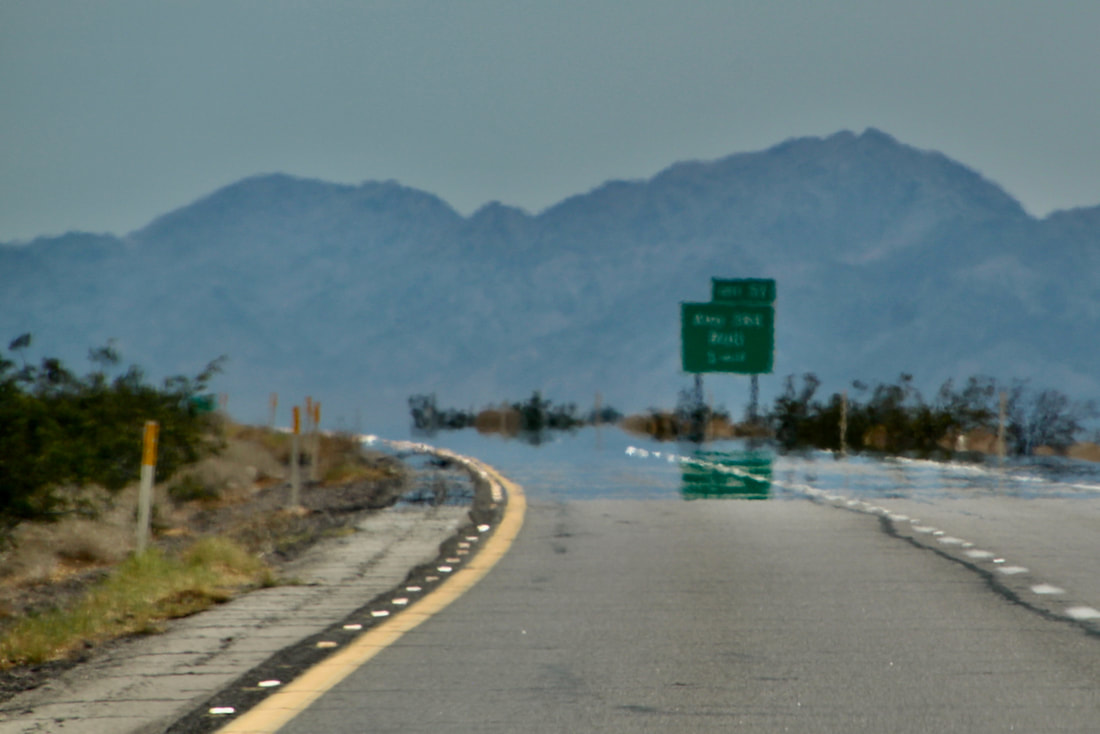
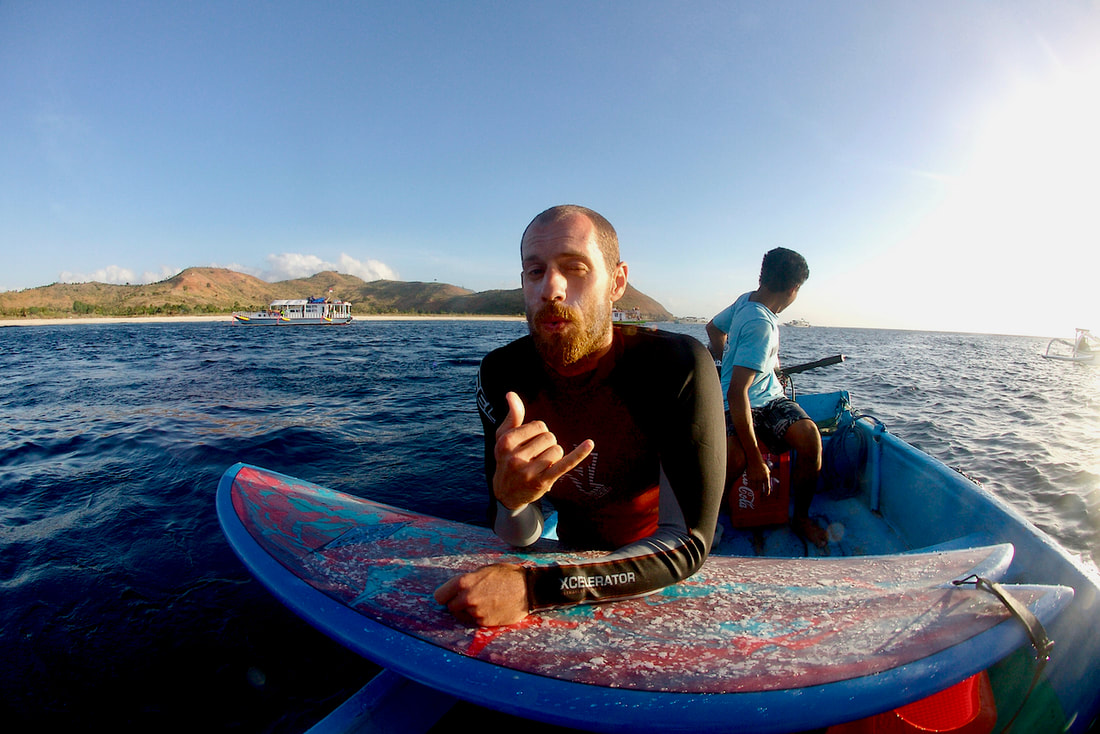
 RSS Feed
RSS Feed